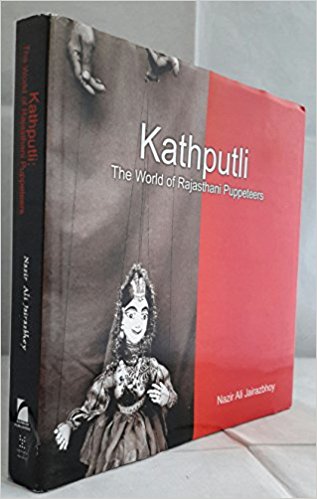Indian puppetry is unique for it has 17 or 18 distinct traditional forms. The most well known are Katputlis or the traditional string puppets of Rajasthan. Thus the word for ‘puppet’ in Hindi, namely ‘Katputli’ is synonymous with these traditional puppets from Rajasthan. Maybe one of the reasons for this popularity is the nature of the Bhat community who perform the Katputli shows. They were originally nomads who travelled across the country entertaining people and thereby popularizing the Katputlis. In Delhi one can find the maximum Bhat performers at the Katputli colony in Shadipur Depot where they settled in the 70s. If you go to the Katputli colony you would be overwhelmed by the sheer number of stories that exist parallelly. Firstly, the Katputli colony residents, mostly Bhats, are storytellers by profession and then there are the stories of their lives and tradition that remain simmering and untold. I have often wondered if all the stories, the chaos, the vibrancy, could ever be documented systematically. Here is a book that does.
Most books about Indian puppetry are either too technical or focus on the performance and not the performer. This book manages to cover everything from the origin theories of puppetry in general to Katputlis in particular and then goes on to every aspect of the Katputli puppet tradition in India and the lives of the Bhats.
The introduction actually starts by challenging the existing conjecture that the word ‘sutradhar’ in the Natyashastra means the ‘holder of strings’. Professor

